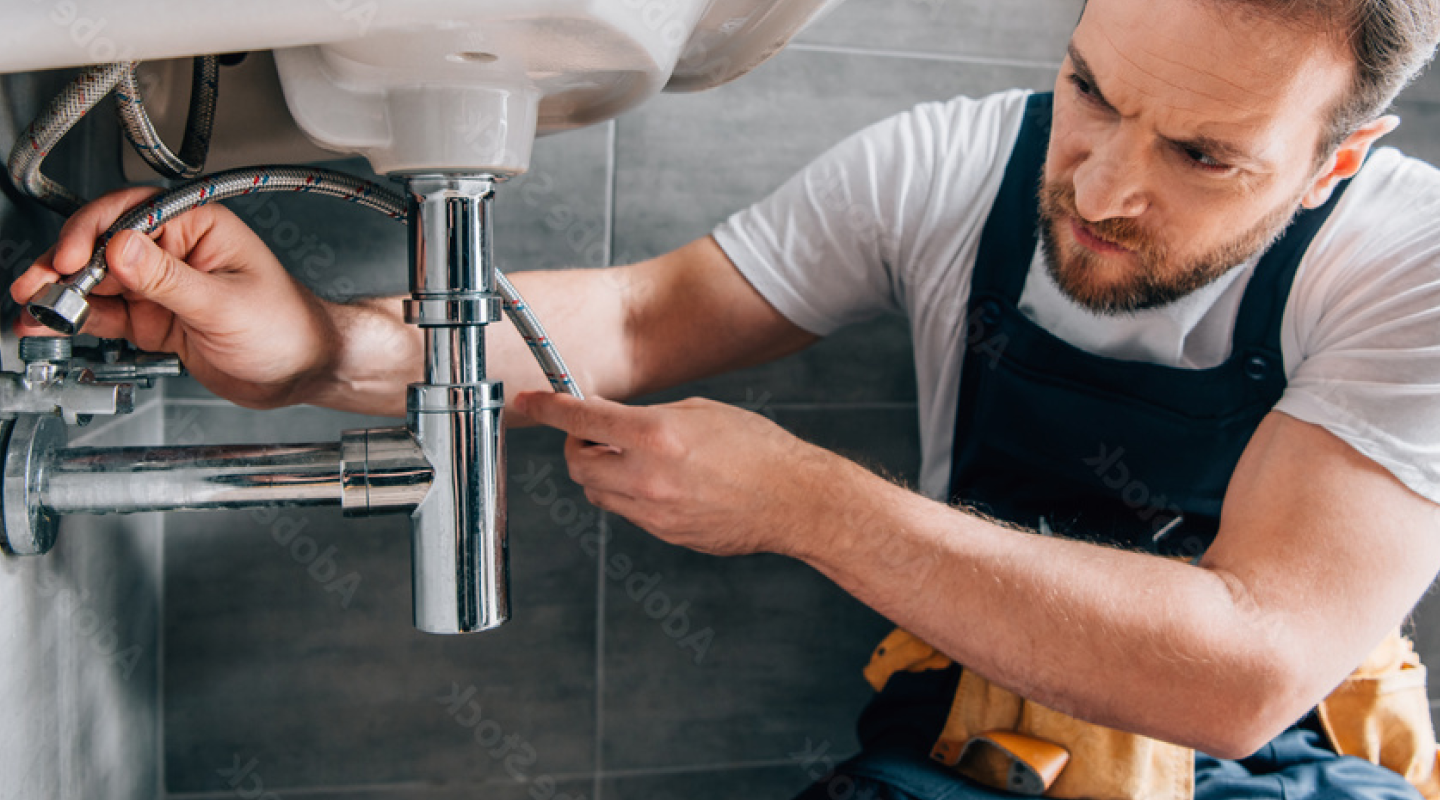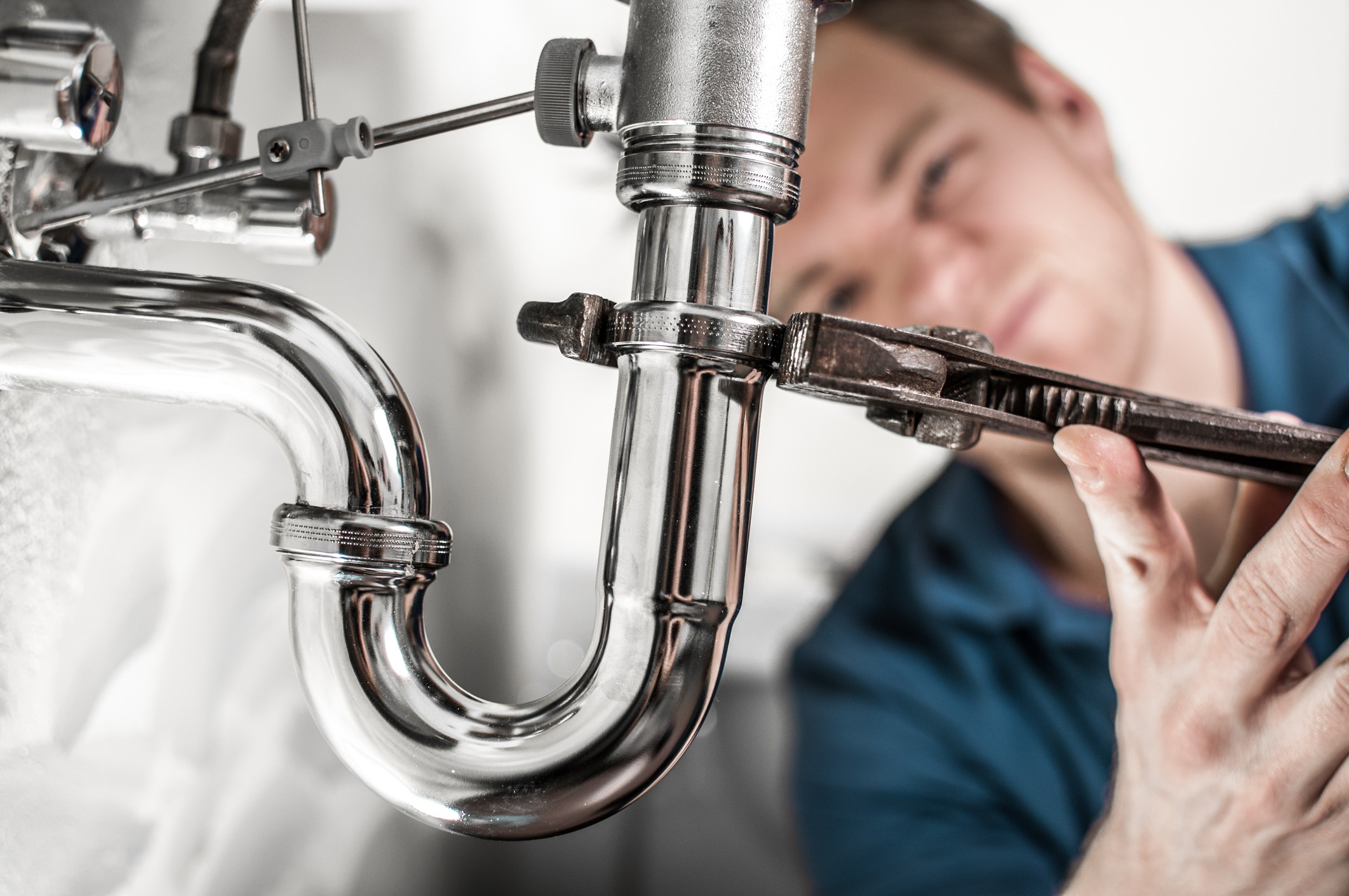Relied On Plumbing Services Alabaster AL for All Your Maintenances
A Detailed Overview to Reliable Water Heating Unit Installment for Optimum Efficiency
Getting started on the task of installing a water heating unit is a venture that demands precision and an organized strategy for attaining optimum efficiency. As you continue, the intricacies of attaching water supply lines and setting up dependable electric or gas connections await, appealing understandings into making sure efficiency and dependability.
Choosing the Right Hot Water Heater

Next, think about the size and ability of the water heating unit. It's crucial to examine your family's hot water demands, which can differ based upon the number of passengers and their usage patterns. A system that's too small may lead to insufficient warm water, while an oversized version could result in unnecessary energy intake.
Efficiency scores additionally play a critical duty in option. Search for water heating units with high Energy Aspect (EF) ratings, showing remarkable performance and lowered power use. Tankless models, though commonly much more costly ahead of time, deal considerable energy cost savings in time due to their on-demand heating abilities.
Preparing the Installment Area
Prior to installing a new hot water heater, meticulous preparation of the setup location is essential. This guarantees a smooth setup process and helps avoid future problems (Drain Cleaning Alabaster AL). Begin by choosing an appropriate area that abides with neighborhood structure codes and safety standards. The area must be dry, well-ventilated, and accessible for upkeep. It's crucial to determine the space very carefully to suit the water heating unit's measurements, ensuring adequate clearance around the unit for efficient procedure and maintenance.
Check the floor for stability, as the water heating system will need a strong, level surface to run effectively. If required, mount a drip pan under the device to catch prospective leakages or spills, stopping water damage to the surrounding area.
Additionally, guarantee that all necessary tools and products get on hand prior to starting the setup. This consists of products such as wrenches, screwdrivers, a degree, and any type of additional equipment needed for protecting the heater and placing. A well-prepared setup area sets the foundation for a successful water heating system arrangement, enhancing efficiency and safety.
Connecting Water System Lines
When linking supply of water lines to your freshly mounted water heating system, it is crucial to make sure that all links are protected and leak-free to keep efficient operation and avoid water damages. Begin by identifying the chilly and warm water supply lines. The cool water inlet is typically marked with a blue tag or a "C", while the hot water outlet is noted with a red tag or an "H".
Usage adaptable water heating system ports to facilitate a simpler installation process. Before attaching the adapters, put a plumbing's tape around the threaded ends of the water heating system's inlet and electrical outlet pipes.
When connections are in area, gradually switch on the major water system valve. Examine each link for leakages by visually really feeling and inspecting for wetness. Tighten up connections as necessary, and make certain the stress safety valve is properly mounted, guarding versus too much pressure build-up.
Establishing Electric or Gas Links
Appropriately establishing up the electrical or gas connections for your water heating unit is a crucial step to make certain safe and effective procedure. For electrical water heaters, start by confirming that the electric circuit is compatible with the heating unit's voltage and amperage requirements.
For gas water heaters, security is Recommended Site critical. Verify that the gas supply is off before proceeding. Link the gas line to the hot water heater utilizing an adaptable gas connector, guaranteeing it is correctly threaded and secured with pipe joint compound or Teflon tape suitable for gas links. Tighten the links with a wrench, making sure not to over-tighten (Plumbing Alabaster AL).
When links are made, inspect for any kind of potential leakages. For gas lines, use a soapy water option to the joints; bubbles indicate a leak. For electric connections, verify that all electrical wiring is secure and correctly protected, maintaining compliance with neighborhood electric codes.
Changing and checking for Performance
With the electric and gas connections securely in area, the following action is examining the operational efficiency of your water heating unit. Begin by very carefully transforming on the water supply and making sure there are no leaks at any of the shutoffs or joints.
Following, execute a detailed examination to ensure the heating elements or burner are operating appropriately. For electrical heating units, utilize a multimeter to validate if the aspects are attracting the suitable current. In gas models, observe the heater fire; it ought to be constant and blue, showing effective burning.
Change the setups as needed to remove ineffectiveness. Think about executing insulation actions, such as adding a hot water heater blanket, to even more enhance efficiency by decreasing heat loss. Additionally, inspect the anode pole's condition, as a worn-out pole can decrease performance and bring about storage tank rust.
Conclusion
Reliable water heating system installment is essential for ensuring optimum performance and power cost savings. By choosing the ideal kind and size, and meticulously preparing the installment location, a foundation for success is developed. Safely connecting supply of water lines and thoroughly establishing up electrical or gas links decrease possible concerns. Thorough screening for leaks and precise thermostat changes look at this website to 120 ° F improve dependability and effectiveness. Complying with these actions promotes long-lasting functionality and power preservation in residential water heating unit.

Effectively establishing up the electric or gas links for your water top article heating unit is a crucial action to make sure secure and efficient operation. For electrical water heaters, begin by verifying that the electrical circuit is compatible with the heating system's voltage and amperage demands. Link the gas line to the water heating unit making use of a flexible gas port, guaranteeing it is effectively threaded and sealed with pipe joint substance or Teflon tape ideal for gas links.